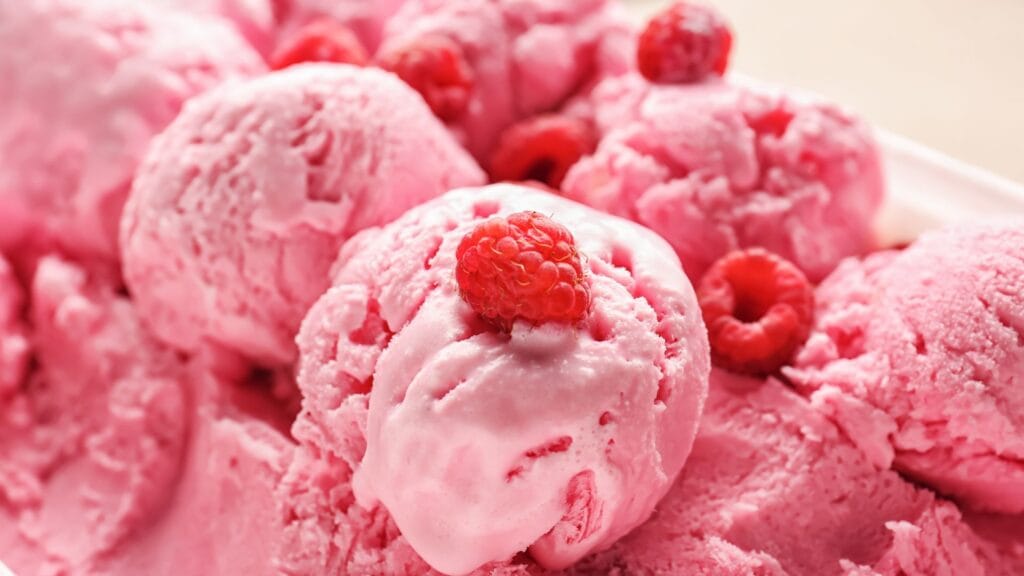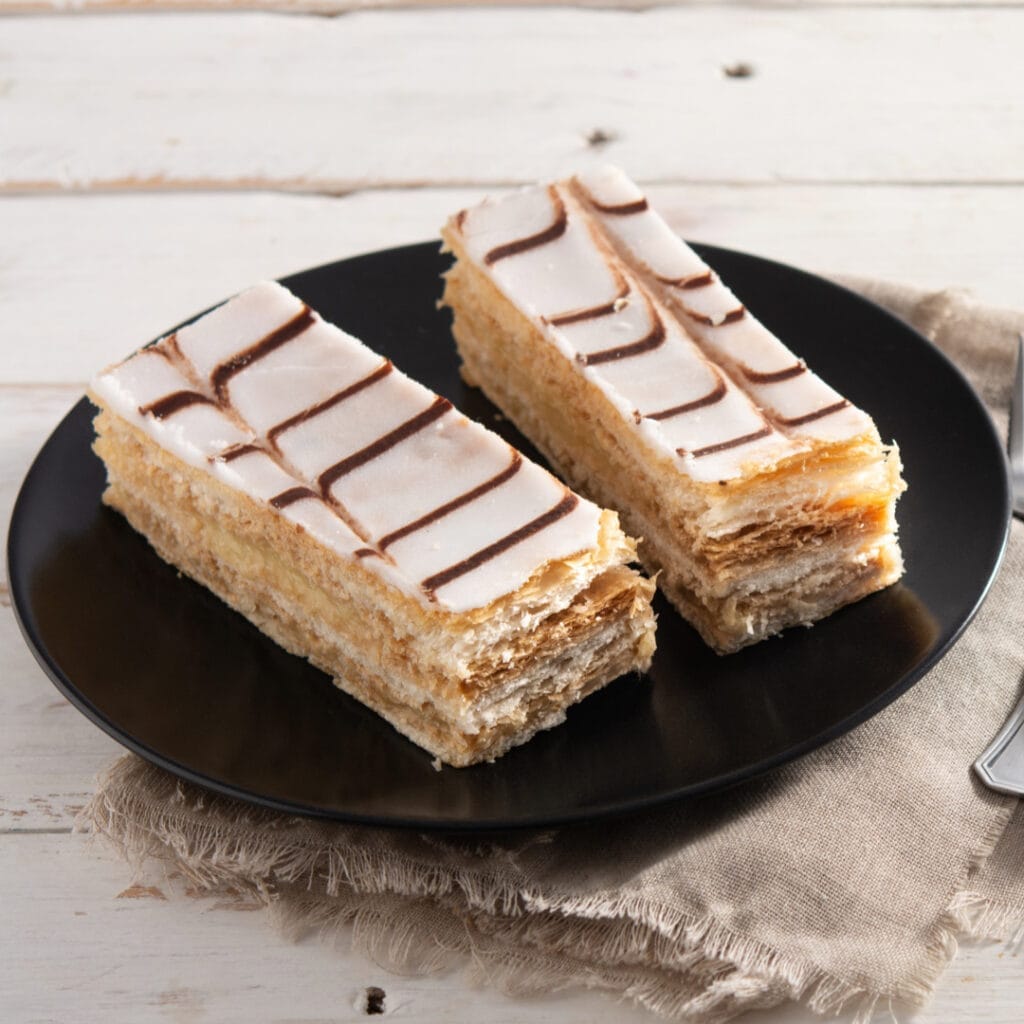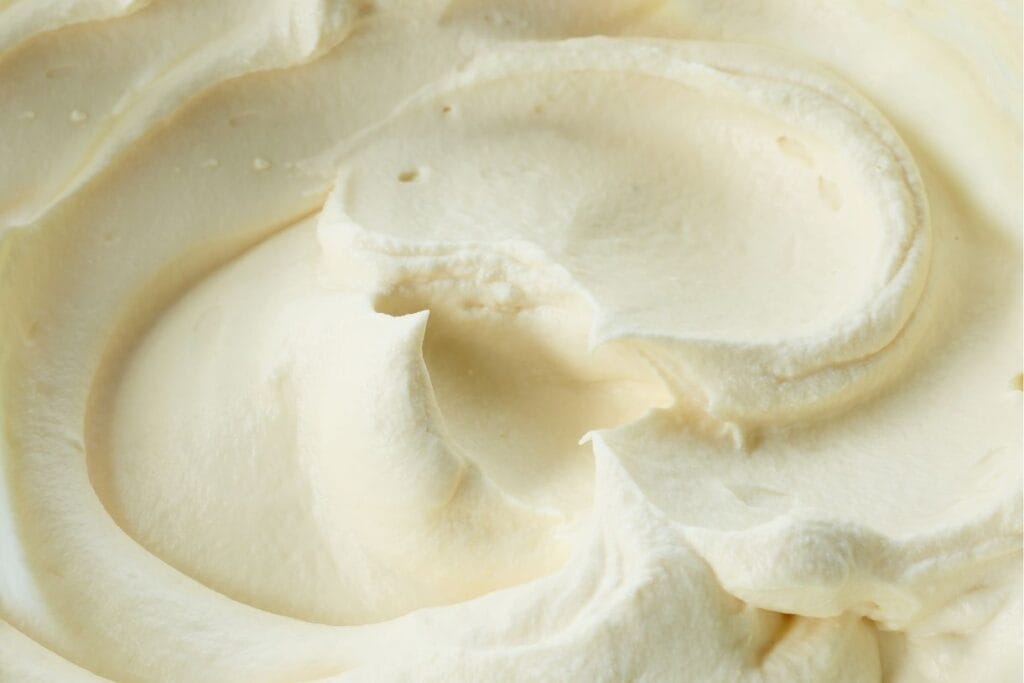What Are the 5 Most Common Ice Cream Mix Mistakes (and How Can You Fix Them for Creamier Results)?
Ice cream isn’t just a dessert—it’s a universal joy. From sticky summer afternoons to cozy winter nights, this frozen treat has been a constant companion for centuries. But how did it all start? Let’s rewind.
What’s the Scoop on Ice Cream’s History?
Long before freezers and electric churns, ancient cultures stumbled upon icy delights. Around 200 BC, Chinese royals savored a primitive version made from milk, rice, and snow. Persian empires later crafted sharbat, a honey-infused snow dessert. By the 16th century, Italian chefs perfected gelato for the Medici family, while American colonists transformed it into a household staple by the 1800s. Today, it’s a $70 billion global obsession.


What Types of Ice Cream Should You Know About?
Not all ice creams are created equal. The texture, ingredients, and process define them:
- Gelato: Less fat, more milk, churned slower for dense richness.
- Soft Serve: Fluffier and served at a warmer temperature, thanks to added air (and often a pre-made ice cream mix).
- Frozen Yogurt: Tangy and lower in fat, using yogurt cultures.
- Sherbet: Fruit-forward with a hint of dairy.
- Dairy-Free: Made with coconut, almond, or oat milk.
Each type requires a specific ice cream mix base. Get it wrong, and you’ll end up with icy lumps or a greasy mess.
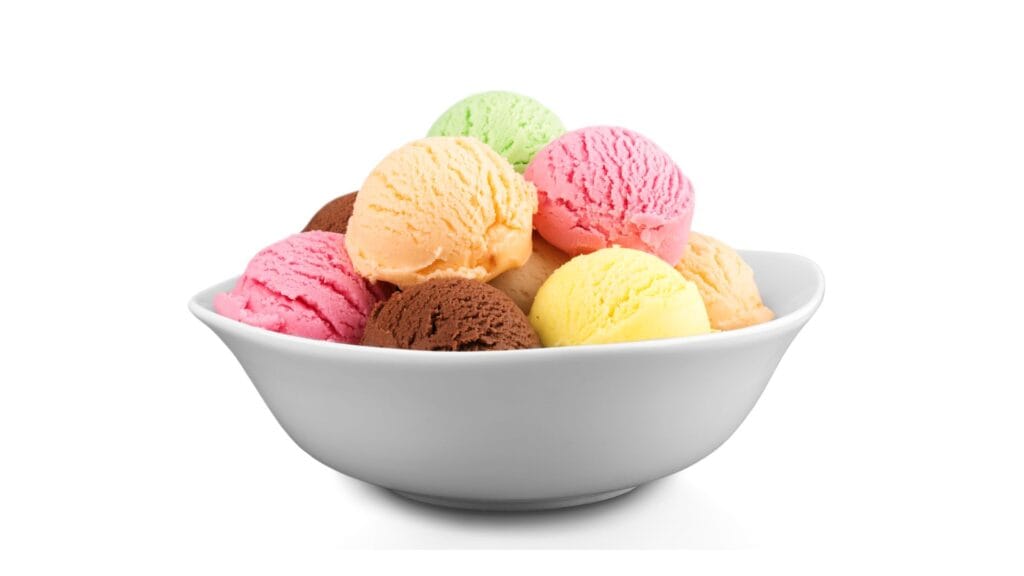

Can Ice Cream Actually Be Healthy?
Absolutely! Swapping heavy cream for Greek yogurt or avocado adds creaminess without guilt. Try blending frozen bananas with cocoa powder for a “nice cream” base. Want protein? Add a scoop of peanut butter or a splash of almond milk. For businesses, using quality ingredients like PMF’s frozen yogurt powder ensures consistency without artificial junk. Pro tip: Skip refined sugar—ripe fruits or honey work wonders.
Which Flavors Rule the Freezer?
Classics never die. Vanilla remains #1 globally, but regional twists keep things fresh:
- Middle East: Saffron-pistachio
- Japan: Matcha-green tea
- Mexico: Spicy chocolate
- Turkey: Salep (orchid-root)
Fun fact: Vanilla’s popularity isn’t just about taste—it’s a blank canvas for toppings and mixes.


5 Ice Cream Mix Mistakes That Ruin Your Batch (and How to Fix Them)
Mistake 1: Ignoring Fat-to-Sugar Ratios
Too much fat? Your ice cream turns greasy. Too little? It’s icy. The magic ratio is 10-16% fat. Fix: Use a tested ice cream mix or blend heavy cream with whole milk. For soft serve, PMF’s pre-balanced soft ice cream mix takes the guesswork out.
Mistake 2: Overmixing or Undermixing
Overchurning incorporates too much air, making it foamy. Underchurning leaves ice crystals. Fix: Follow timing guidelines. Gelato needs 20-25 minutes; standard mixes take 15-20.
Mistake 3: Skipping Stabilizers
Stabilizers like guar gum prevent ice crystals. But too many give a gummy texture. Fix: Use natural alternatives like egg yolks or cornstarch.
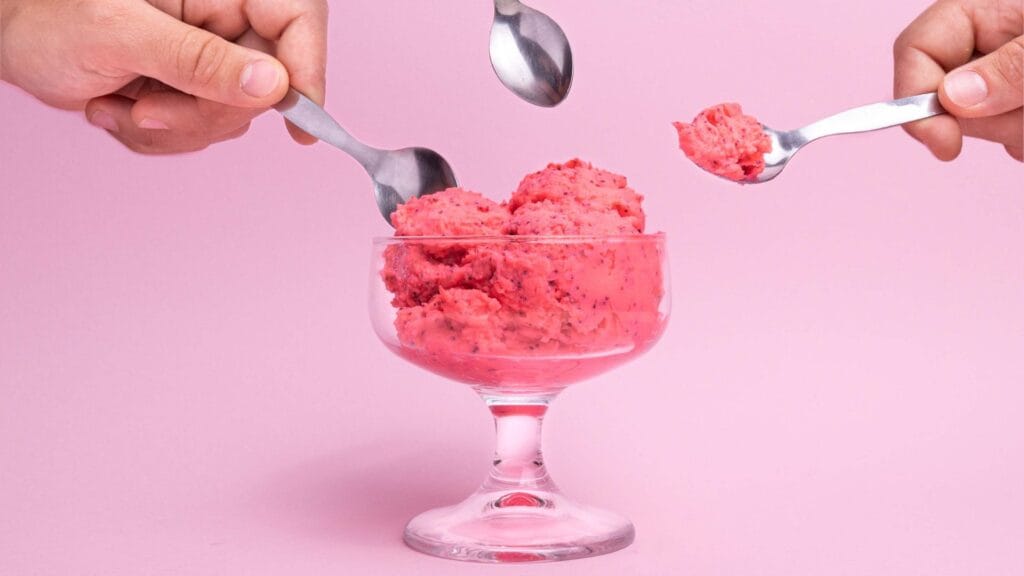

Mistake 4: Wrong Freezing Temperature
Your home freezer is colder than commercial units (-18°C vs. -12°C), leading to rock-hard results. Fix: Let it sit at room temp for 5-10 minutes before scooping.
Mistake 5: Using Low-Quality Ingredients
Artificial flavors and cheap sweeteners leave a chemical aftertaste. Fix: Invest in pure extracts and real fruit. For bulk needs, PMF offers premium bases trusted by food distributors.


Why Should Your Business Trust PMF for Ice Cream Mixes?
At PMF, we’ve spent decades perfecting pastry and ice cream materials for wholesalers and food businesses. Our mixes are consistent, easy to use, and free from harmful additives like E129 (learn why here). Whether you’re crafting soft serve or frozen yogurt, we’ve got your back.
Next time you’re elbow-deep in a batch, remember: Great ice cream isn’t luck—it’s science. Avoid these pitfalls, trust quality mixes, and keep your customers coming back for that perfect, creamy scoop. 🍨
